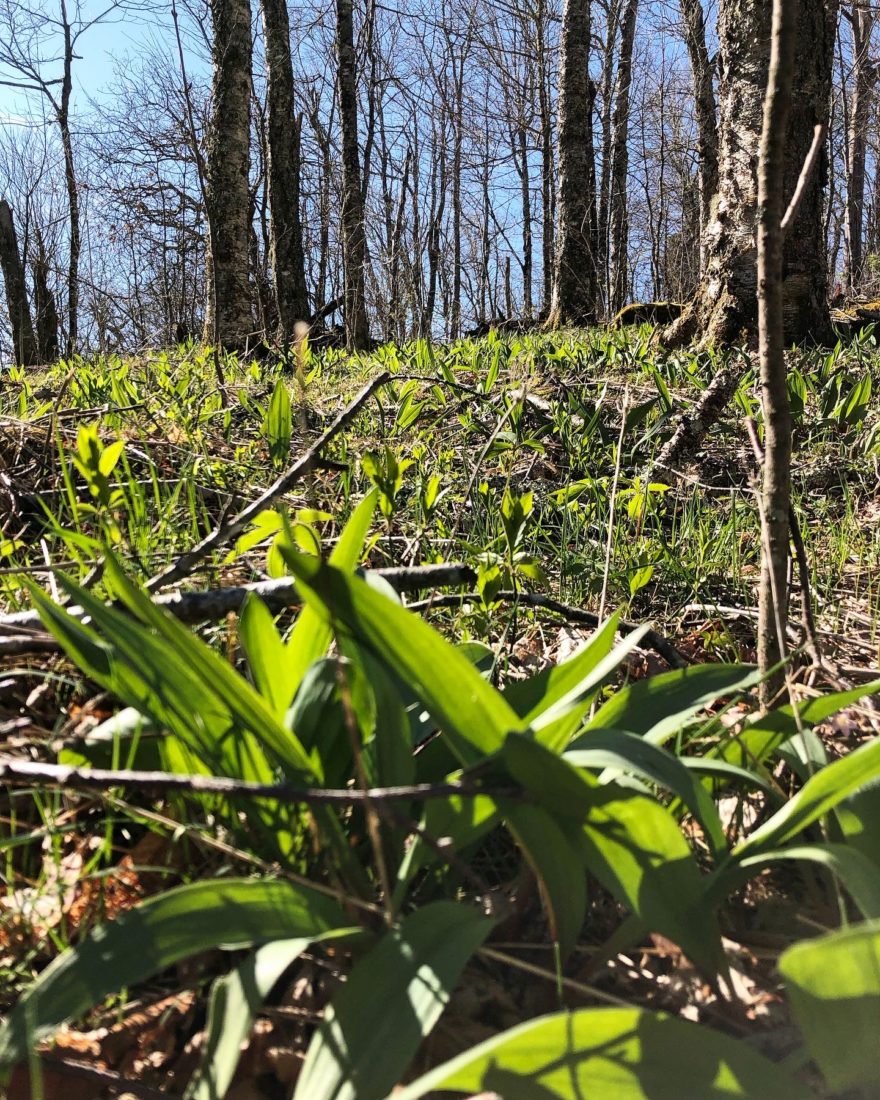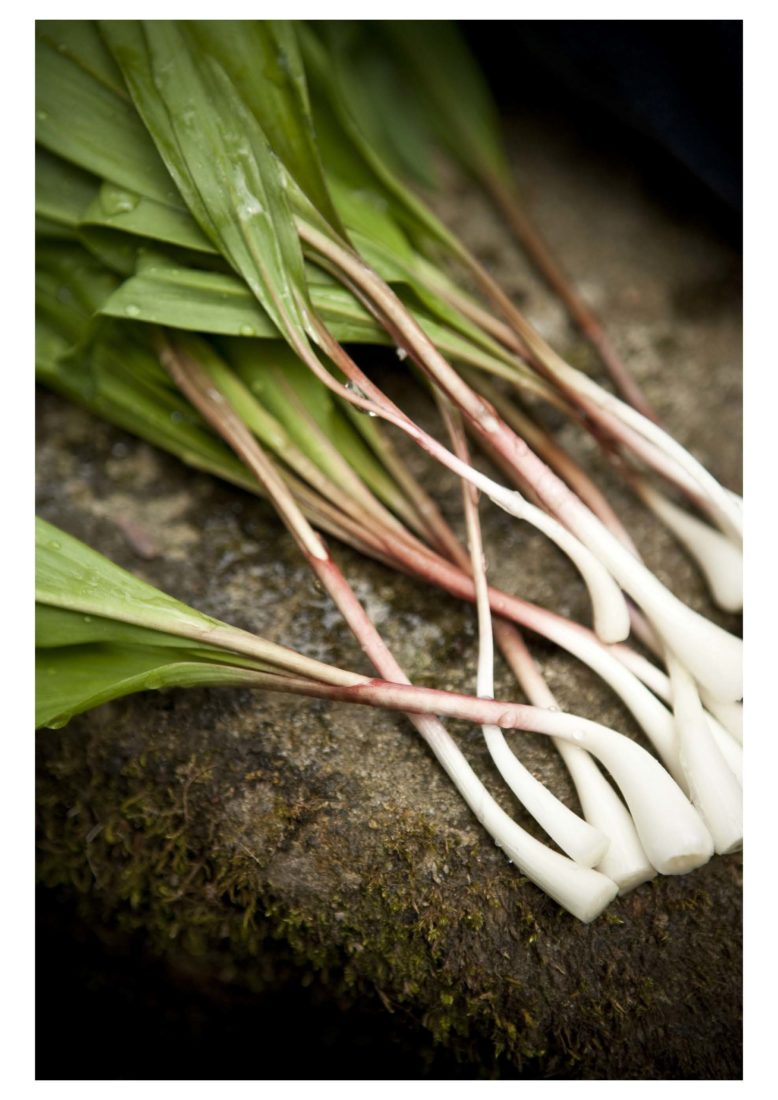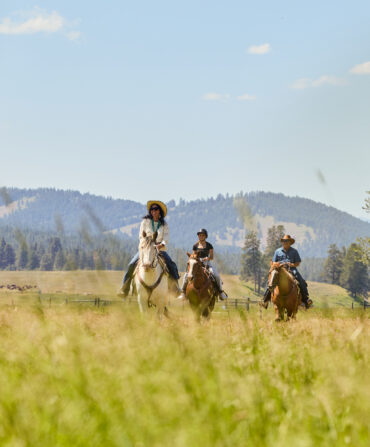Ramps ring in springtime in Appalachia. For generations West Virginian communities have thrown traditional ramp suppers to showcase the odorous, wild onion and celebrate the season. It’s only in recent years that ramps have become a sought-after ingredient outside the region. “When I was a kid, ramps were a pungent, weird thing that people ate,” remembers chef and farmer Mike Costello, who runs Lost Creek Farm in Harrison County, West Virginia, with his wife, Amy Dawson. “Now they’re becoming trendy and popping up on menus in places like New York.”
That growing popularity makes sustainable harvesting key to the future of ramps, which are still almost exclusively a foraged delicacy. Below, find tips from Costello, Dawson, and chef Billy Dissen of the Market Place in Asheville on how to forage for your own ramps, safely clip them, and use them in the kitchen. Just don’t ask for their specific favorite spots. “I have some pretty epic patches,” Dissen says, “but I’m not saying where. A ramp forager never divulges his top-secret locations.”
Head to the hills from early April to mid-May.
Ramps are found all over West Virginia and in higher, cooler parts of many other states, from Canada down to northern Georgia. “West Virginia is the epicenter, but I’ve found them in Ohio, Western North Carolina, and Eastern Tennessee, usually above 3,500 feet in elevation,” says Dissen, who grew up in Charleston, West Virginia. “And if you ask an old-timer when to forage, they’ll often tell you that ramp day is tax day.”
Pick north-facing, forested slopes.
“Look under dense deciduous forest canopy,” Dissen advises. “They don’t like the sun or heat that much.” North-facing slopes typically receive less direct sunlight and are therefore cooler and moister, making for likelier ramp habitat.

Look for a green spread.
“It’s easy to spot a patch,” Costello says. “Ramps are one of the first lush, bright green things to emerge en masse.” Dawson adds that you could almost mistake them for daffodils and that the patches can vary in size from vast, covering a whole slope, to small if they are just establishing a population.
Pick a healthy, well-established patch, and take only what you need.
“Approach a patch of ramps with the mindset that that ramp community has taken a long time to establish, and you can wipe it out forever in an afternoon,” Costello and Dawson advise. If growing from a seed, a ramp can take as long as ten years to reach maturity, and many patches have been around for centuries.
Always leave the roots.
Costello and Dawson will often just clip off the leaves of a ramp to use, which means the ramp can regrow more leaves even within the same season. And when Dissen goes foraging, he takes a pair of sharp scissors and is careful to clip just at the base of the bulb, leaving all the roots. “People just see a patch and yank them all up,” he says. “We want to allow them to come back, year after year.” If you’re buying at a farmers’ market, Dawson says, it’s important to ask questions about how the ramps were harvested and make sure the seller didn’t wipe out an entire patch.

Have fun with them in the kitchen.
Costello, Dawson, and Dissen are all big fans of the traditional Appalachian ramp dish served at ramp suppers—ramps cooked in a skillet with ham and potatoes (“This is a classic that takes me back to when I was a kid,” Costello says). But don’t be afraid to get creative. Costello and Dawson like to use them in a buttermilk salad dressing (they call it “rampch”), and Dissen has served ramp kimchi and a wild ramp broth on his menus. “But my favorite thing is to make an omelet and stuff it with fresh morel mushrooms, goat cheese, and ramps,” he says. “I eat that, and I think, okay, spring is here.”








